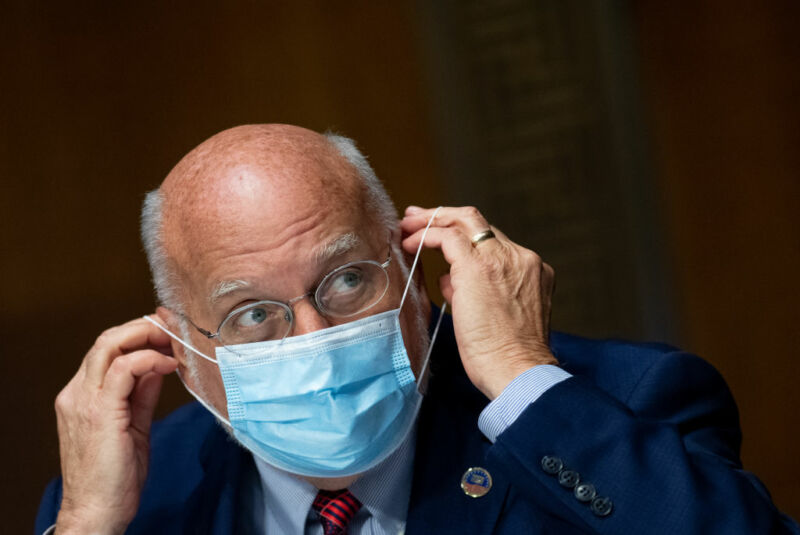CDC’s new school guidelines play down risk, play up attendance

Enlarge / WASHINGTON, DC - JULY 2: Dr. Robert Redfield, Director of the Centers for Disease Control and Prevention (CDC), removes his protective mask before speaking. (credit: Getty Images / Pool)
The Trump administration has been pushing for a return to normal behavior even as the number of COVID-19 cases in the United States has shot up to new records. Central to that effort has been a push to reopen schools in the fall, which would normally begin in a bit over a month. It's a push that has been resisted by a number of major school districts and has been met with major skepticism among the public. And it's one that hasn't necessarily seemed consistent with the US government's own advice, provided by the Centers for Disease Control.
That's led to a conflict between the administration and the CDC. Trump has said he disagrees with what he termed the CDC's "very tough and expensive" guidelines, and he was joined by the Department of Education in threatening to pull funding from schools that don't open. Those CDC guidelines advised schools to improve their remote offerings, emphasized that the decision to reopen should be under local control, and discussed the reasons why schools should consider temporary shutdowns even if they start the school year as normal.
A temporary truce saw the CDC directed to issue updated guidelines for schools. Those arrived yesterday and were discussed by the CDC's director, Robert Redfield, at a press conference today. Overall, the updated material retains some of the original documents-including one that terms a resumption of normal school activities "highest risk." But there are substantial additional materials that emphasize the value of restarting school and describe in detail the lower risks that the pandemic poses for young students.
Read 13 remaining paragraphs | Comments